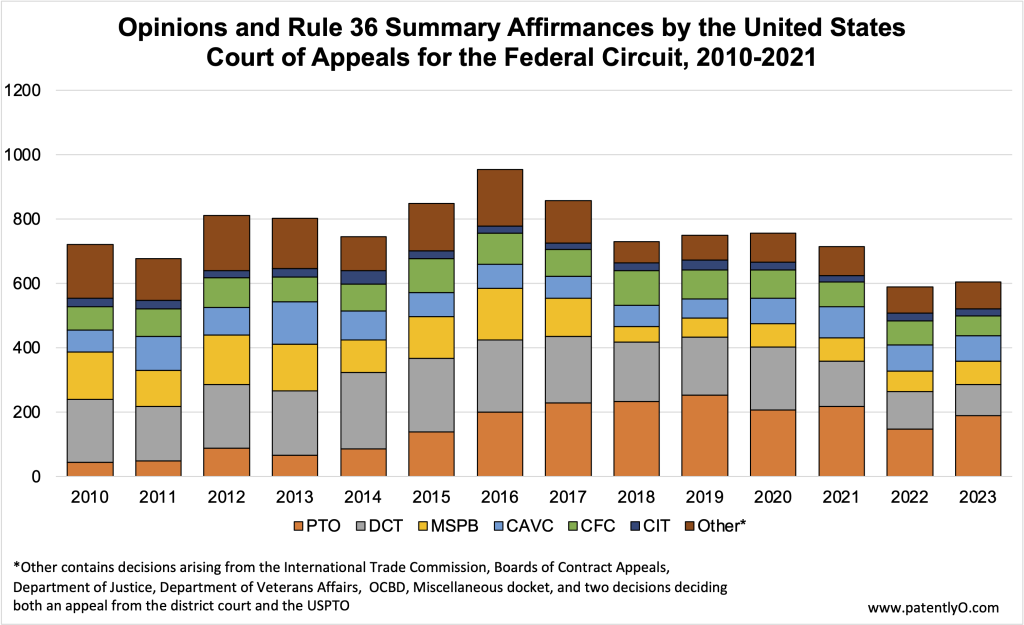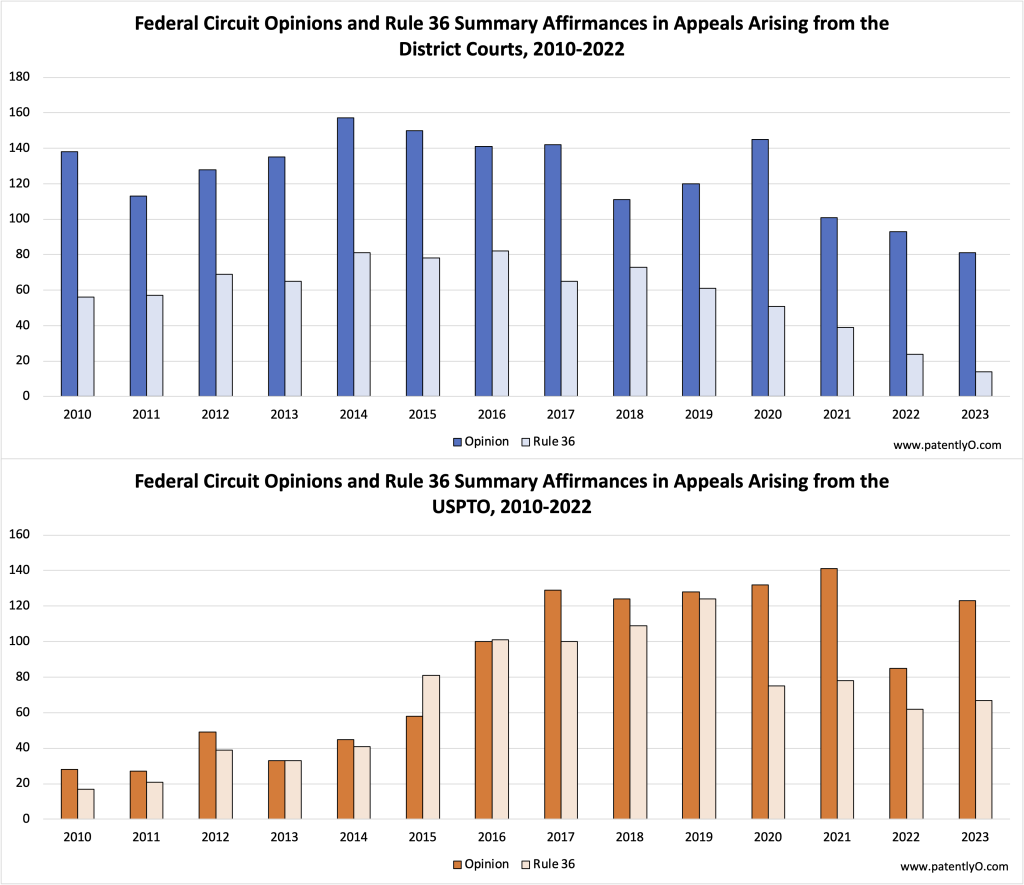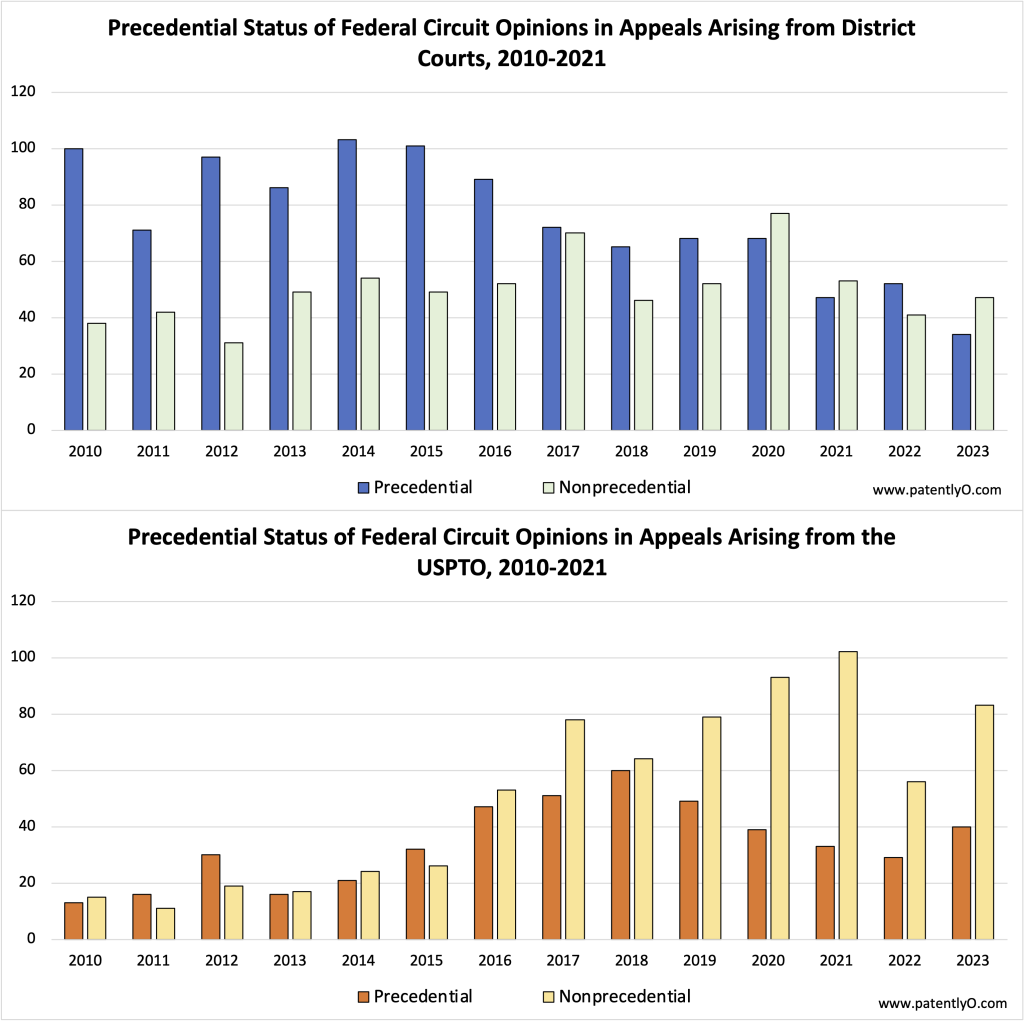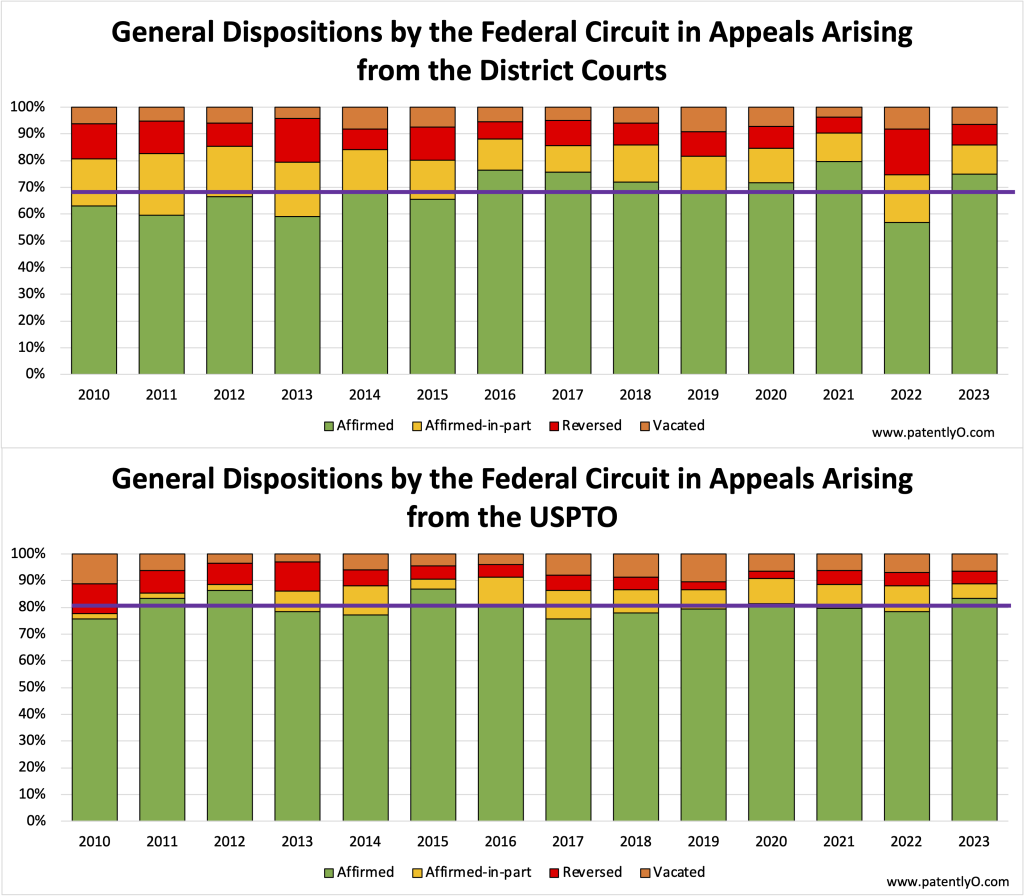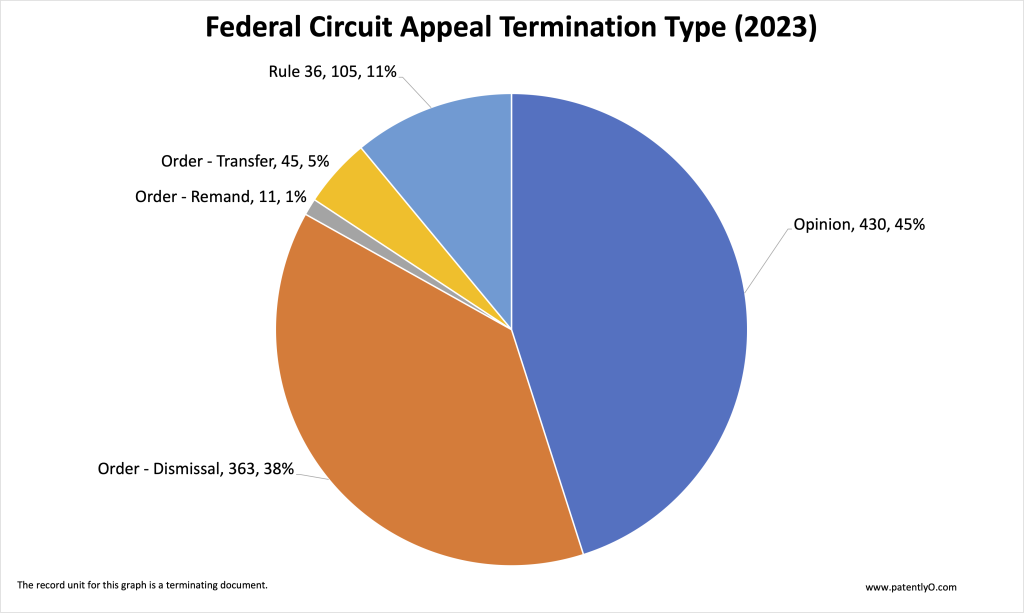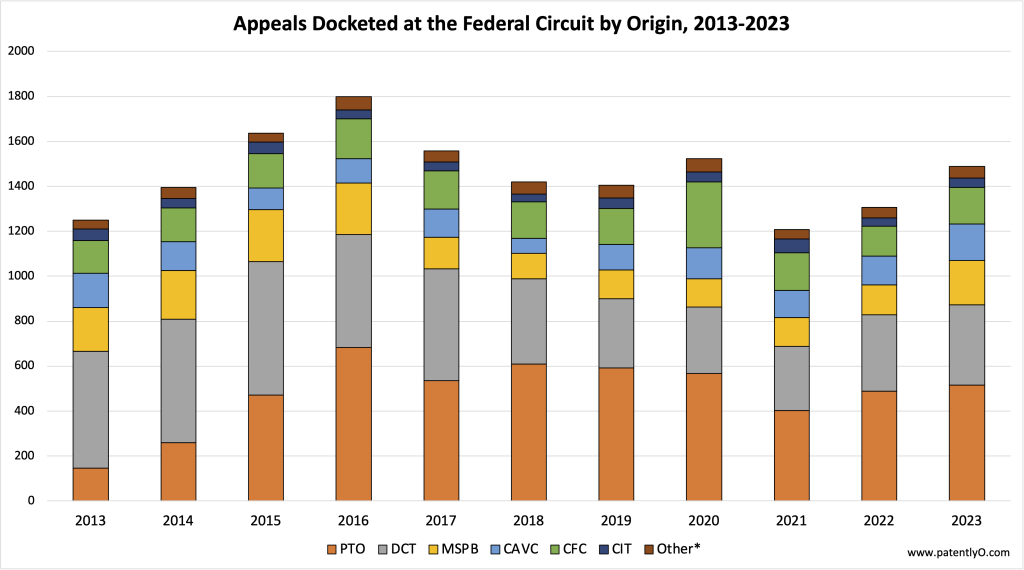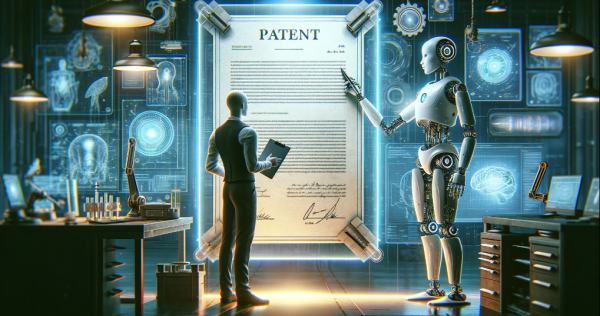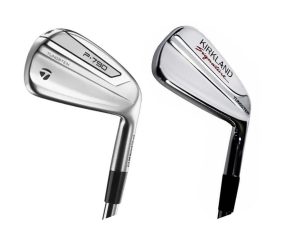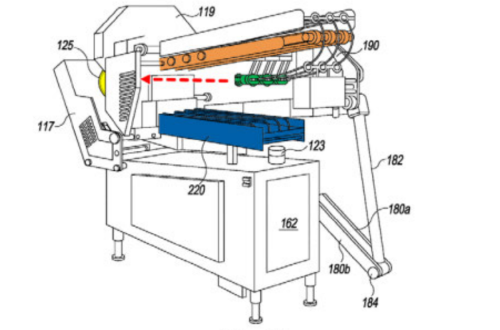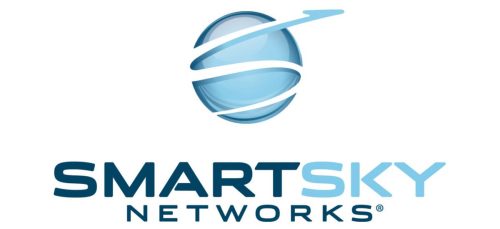by Dennis Crouch
Earlier this month, the Federal Circuit issued a decision in the case of In re Chestek that, on its face, simply upheld the USPTO’s requirement that trademark applicants provide their domicile address. But contained within the court’s ruling is language that could have some major implications — essentially giving the USPTO carte blanche ability to sidestep administrative rulemaking procedures for any new requirements it imposes, as long as they are deemed “procedural” in nature. And on this point the Federal Circuit appears to establish a wide permissive definition that the rulemaking is procedural so long as does not affect the substantive patent or trademark standards. Of course, the USPTO generally does not have substantive rulemaking authority regarding the patent standards, and so everything is procedure.
Chestek centered around amendments made to trademark regulations in 2019 requiring that applicants provide their domicile address, defined as their permanent legal residence or principal place of business — mailing address is insufficient. The USPTO argued that this new address requirement was needed to help enforce its parallel new rule mandating that foreign applicants retain U.S. licensed counsel. Chestek PLLC, a law firm run by Pamela Chestek and specializing in trademark law, challenged the domicile address rule itself, saying its imposition failed to comply with the notice and comment requirements of the Administrative Procedure Act (APA).
In what appears to be largely a test case, Chestek applied to register the mark CHESTEK LEGAL, but refused to include her personal home address. She argued that for privacy reasons her personal home address is not generally known and that its submission risks major breaches in privacy. But, the USPTO refused to register her mark based upon her failure to comply with the domicile rule. After losing at the USPTO, Chestek appealed to the Federal Circuit.
On the core issue, the Federal Circuit sided resoundingly with the USPTO. The court held that the domicile address rule was clearly procedural in nature rather than substantive, and thus was exempted from APA notice and comment strictures. The key passage from the court reads:
[T]he new rule requires additional information about applicants, i.e., their domicile address. Requiring different or additional information from applicants regarding their addresses merely ‘alter[s] the manner in which the [applicants] present themselves…to the agency.’ It does not alter the substantive standards by which the USPTO evaluates trademark applications.
Chestek at 8 (Quoting JEM Broadcasting Co. v. F.C.C., 22 F.3d 320 (D.C. Cir. 1994). In other words, because the domicile address rule does not itself change the substantive legal criteria for granting or denying trademarks, the court sees it as merely a procedural step in the application process. And crucially, procedural rules are exempt from notice and comment requirements under APA section 553(b)(A).
Under the statute, an agency must publish notice of proposed rules prior to them becoming law. BUT the requirement does not apply “(A) to interpretative rules, general statements of policy, or rules of agency organization, procedure, or practice; or (B) [when] impracticable, unnecessary, or contrary to the public interest.” 5 U.S.C. § 553(b). I.e., the notice-and-comment requirements don’t apply to changes of agency procedure or practice. Although the rule was deemed procedural, it still has substantial impact — i.e., Chestek loses her rights. Of course any lawyer will agree failing to follow procedures can result in major consequences.
In finding the address rule procedural, the court asked the simple question: Does the rule “affect the substantive trademark standards by which the Office examines a party’s application.” Here, the answer is clearly “no” and therefore, according to the Federal Circuit, the rule is procedural and thus exempt from notice-and-comment rulemaking.
Having found the challenged rules within the procedural exception to notice-and-comment rulemaking, we need not address Chestek’s argument that the proposed rule failed to provide sufficient notice of the domicile address requirement.
I am not worried about trademark applicants providing a residential address (although Chestek’s privacy argument seems to have some merit). But, the Federal Circuit’s decision here appears quite sweeping and may provide the USPTO with enough authority avoid almost any future notice-and-comment in its rulemaking.
The notice and comment requirements serve a vital purpose, even when an agency does not incorporate public feedback into the final rule. The process provides transparency by allowing the public to understand what changes an agency is considering and why. It also fosters deliberation – the agency must provide a reasoned explanation if it rejects commenters’ concerns and proceeds to adopt the rule as originally proposed. Additionally, notice and comment creates a record for judicial review. If a party challenges the rule, the court can examine whether the agency fully considered and responded to material critiques raised during the process. An agency does not have free rein just because it technically “considered” comments before rejecting them. The record must substantiate that it took serious public input under advisement and had adequate grounds for sticking with the original course. Simply going through the motions of notice and comment without meaningfully wrestling with opposing views raised by stakeholders risks reversal upon legal challenge – and is bad policy for a nation that sees itself as promoting popular sovereignty. Even if not determinative, airing criticism, gathering diverse perspectives, and requiring a reasoned response uphold good governance norms and the model of administrative law. Allowing agencies to bypass this process denies public participation that bolsters legitimacy.
The logic of this case sweeps broadly and sets up the USPTO to potentially make more “procedural changes” without meaningful external input or following the traditional notice-and-comment approach.
Carl Oppedahl has been writing about the impact of the new .DOCX standard associated with a $400 fee for non-compliance as a typical procedural rule with substantive impact created without notice-and-comment because it merely involves procedural aspects of the patent application process — despite the large penalty for noncompliance. Other potential examples:
- Requiring that every application include a signed statement from the inventor explaining their contribution in detail, or face immediate abandonment.
- Mandating that the background section of specifications provide explicit citations to the closest statement of the problem as found in the prior art
- Imposing a $1000 processing fee for any application that the USPTO deems improperly formatted
None of these hypothetical new rules have any direct bearing on the substantive bases on which the USPTO evaluates patentability. But forcing applicants to jump through more procedural hoops and face steeper penalties would clearly make pursuing and maintaining protection more onerous. Without formal notice and comment, however, aggrieved parties would have little recourse to contest such impositions or to help guide the potential policy decisions.
One potential catch, alluded to in passing in Chestek, is the stipulation that procedural rules cannot “affect individual rights and obligations.” And indeed, one could argue that layered procedural requirements that make the patenting process drastically more expensive or convoluted would impinge on inventors’ substantive rights. Moving forward we will have to see which of these threads of thought the court and the PTO will follow.
To be clear, I believe the Federal Circuit followed administrative law precedent here, and I raise the issue just to recognize the power of the USPTO. We can also recognize that, for the most part, USPTO leadership is generally open to hearing direct feedback and suggestions from constituents. The notice-and-comment approach is not so necessary because the Patent Bar remains much like a small town. where many of us know each other at a personal level. In Chestek, for instance, the USPTO has heard the privacy complaints regarding requiring home address, but ultimately weighed that against the ongoing problems facing the agency from faulty foreign applications. That is effectively the same approach as notice-and-comment. The key difference though, is that USPTO official availability is a choice that might not be made by every administration, whereas notice-and-comment are required by law.

